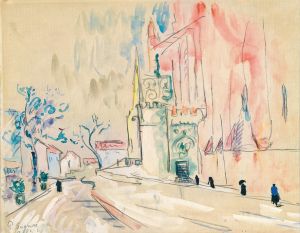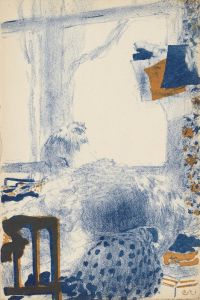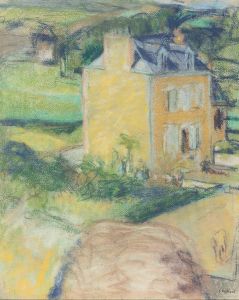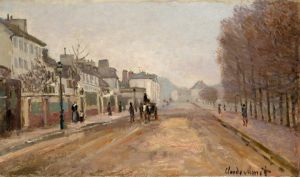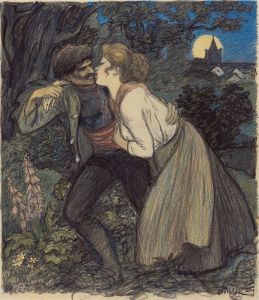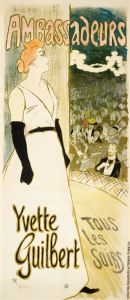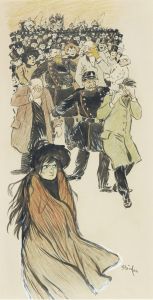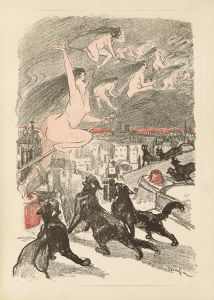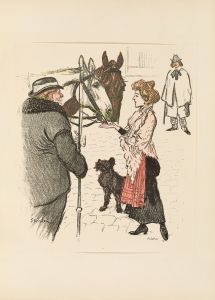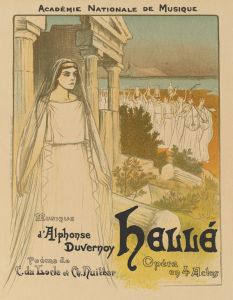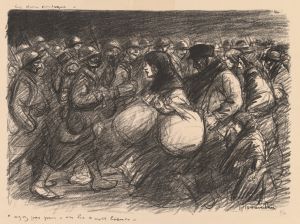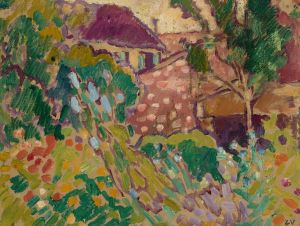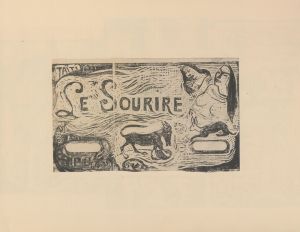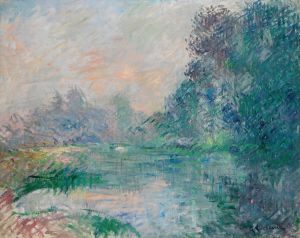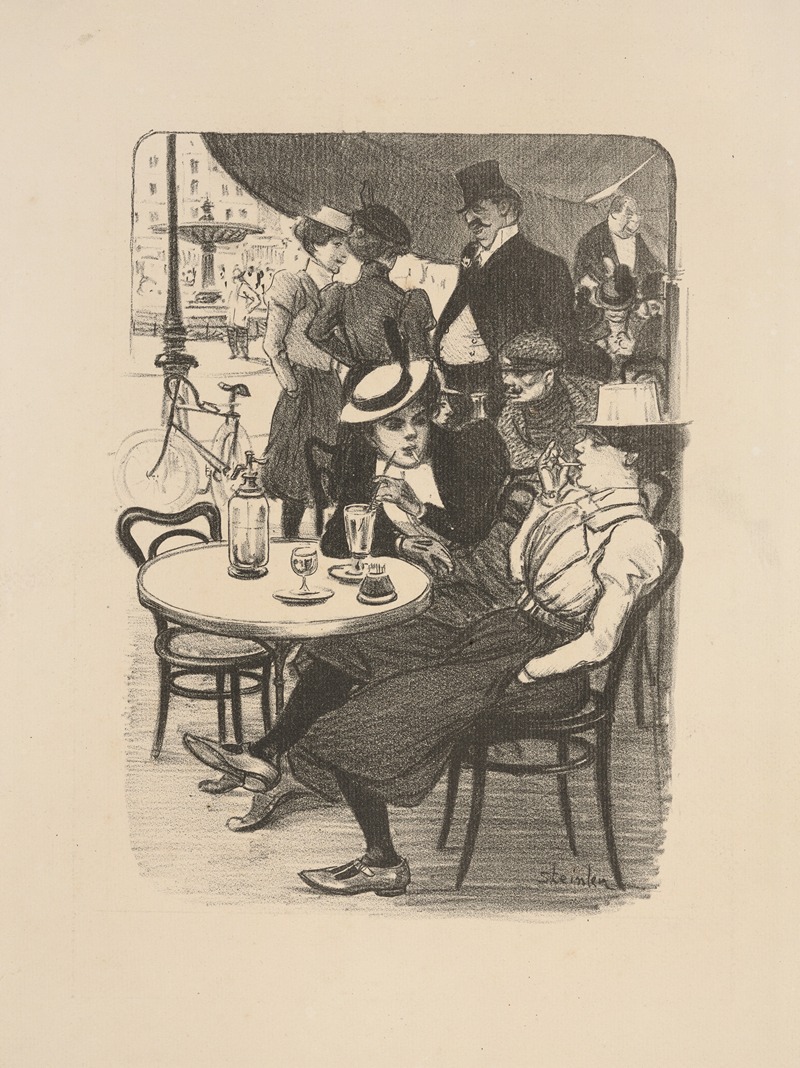
Le Printemps a Pleins Verres
A hand-painted replica of Théophile Alexandre Steinlen’s masterpiece Le Printemps a Pleins Verres, meticulously crafted by professional artists to capture the true essence of the original. Each piece is created with museum-quality canvas and rare mineral pigments, carefully painted by experienced artists with delicate brushstrokes and rich, layered colors to perfectly recreate the texture of the original artwork. Unlike machine-printed reproductions, this hand-painted version brings the painting to life, infused with the artist’s emotions and skill in every stroke. Whether for personal collection or home decoration, it instantly elevates the artistic atmosphere of any space.
Théophile Alexandre Steinlen was a Swiss-born French Art Nouveau painter and printmaker, renowned for his work in the late 19th and early 20th centuries. He is best known for his posters and illustrations, particularly those depicting scenes of Parisian life. One of his notable works is "Le Printemps a Pleins Verres," which translates to "Spring in Full Glasses."
Steinlen was born in Lausanne, Switzerland, in 1859 and moved to Paris in 1881, where he became an integral part of the Montmartre artistic community. His work often captured the essence of Parisian culture, focusing on everyday life, the working class, and the bohemian lifestyle of the city. Steinlen's art is characterized by its social realism and its ability to convey the vibrancy and dynamism of urban life.
"Le Printemps a Pleins Verres" is a piece that exemplifies Steinlen's ability to blend social commentary with artistic expression. While specific details about the painting's creation and its current location are not widely documented, it is consistent with Steinlen's thematic focus on the changing seasons and the human experience. The title suggests a celebration of spring, possibly depicting scenes of renewal, growth, and the joy associated with the season.
Steinlen's work often featured a strong narrative element, and "Le Printemps a Pleins Verres" likely continues this tradition. His art was heavily influenced by the political and social climate of his time, and he frequently used his work to comment on issues such as poverty, labor, and the human condition. This painting, like many of his others, may reflect these themes through its portrayal of spring as a metaphor for hope and rejuvenation.
Throughout his career, Steinlen was associated with various artistic movements and was influenced by contemporaries such as Henri de Toulouse-Lautrec and Pierre Bonnard. His work was also shaped by his involvement with the Chat Noir cabaret, a hub for avant-garde artists and writers in Paris. This environment fostered Steinlen's development as an artist and allowed him to experiment with different styles and techniques.
Steinlen's legacy is marked by his ability to capture the spirit of his time through his art. His works are celebrated for their technical skill, emotional depth, and social relevance. "Le Printemps a Pleins Verres" is a testament to his talent and his commitment to portraying the world around him with honesty and empathy.
In summary, Théophile Alexandre Steinlen's "Le Printemps a Pleins Verres" is a reflection of his artistic vision and his dedication to depicting the nuances of human life. While specific details about the painting may be limited, it remains an important part of Steinlen's oeuvre and a representation of his contribution to the Art Nouveau movement. His work continues to be appreciated for its historical significance and its ability to resonate with audiences today.





